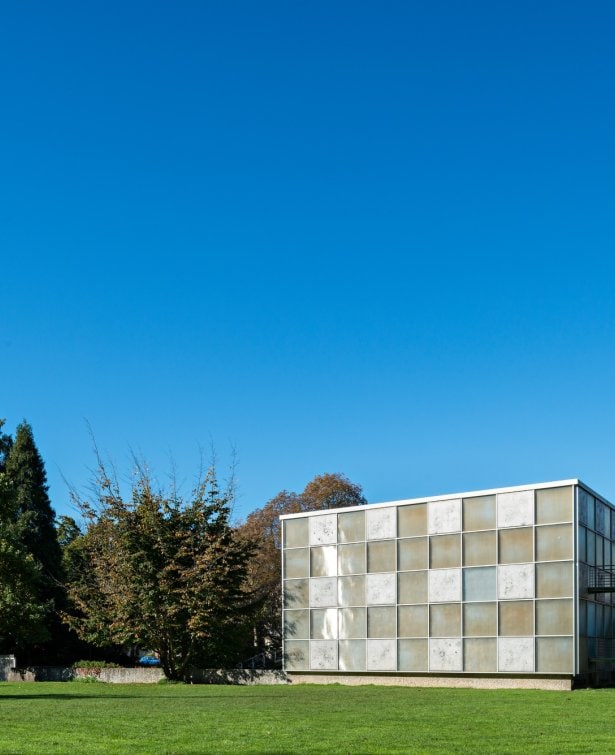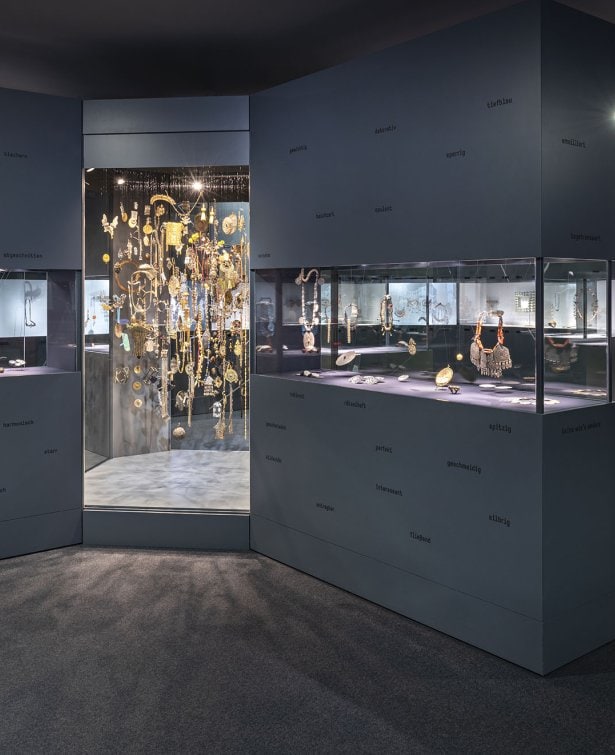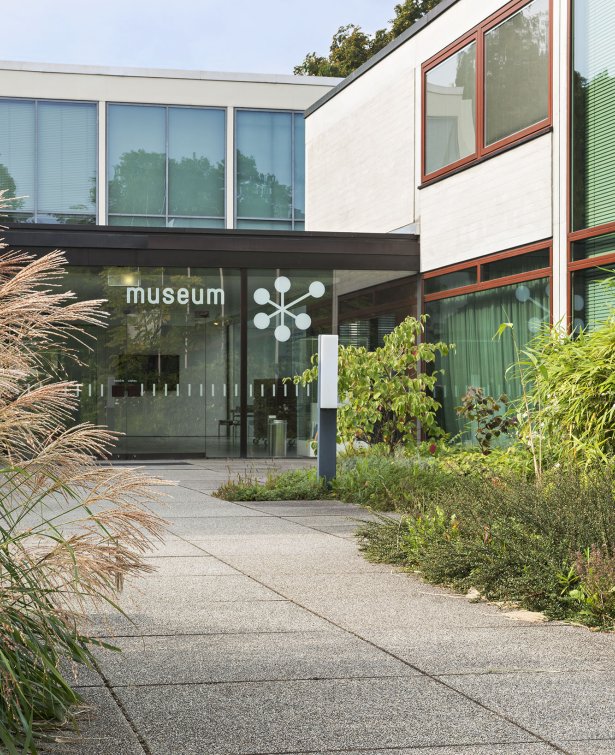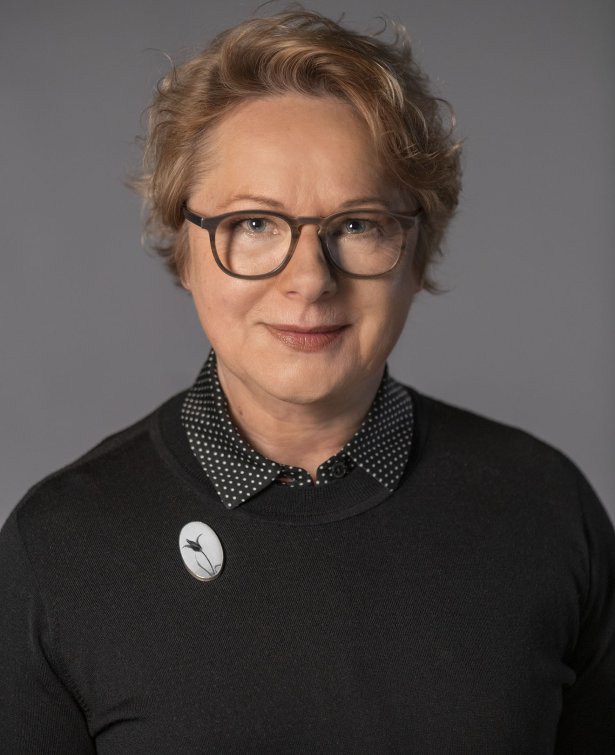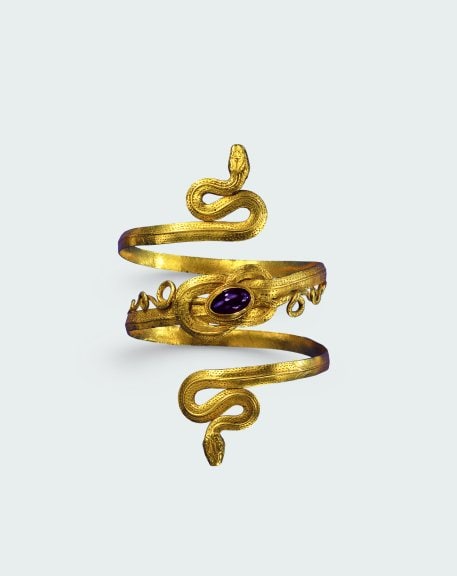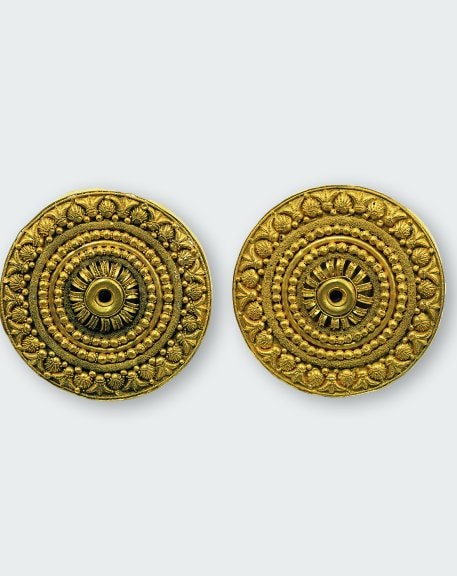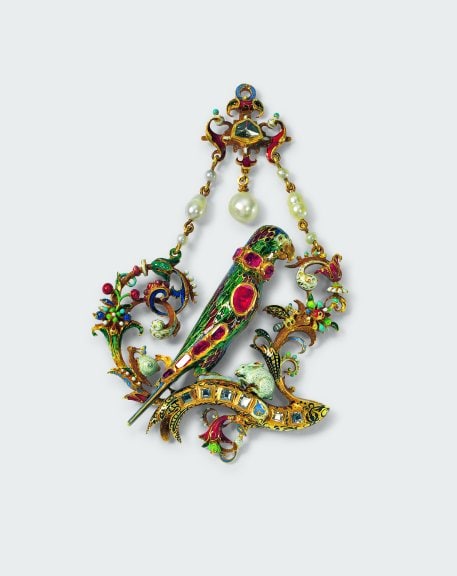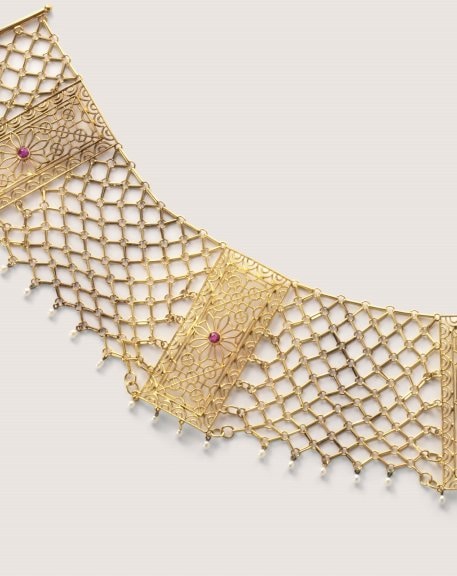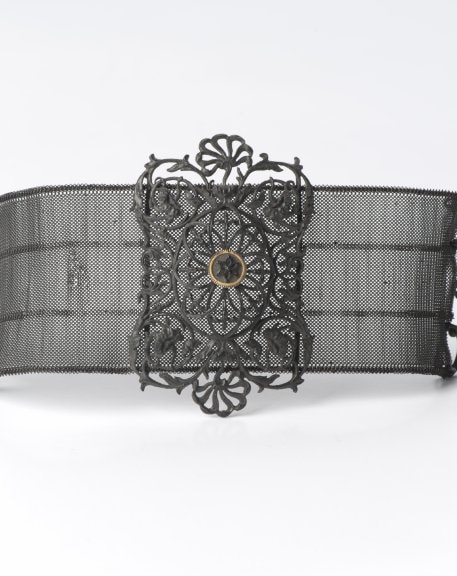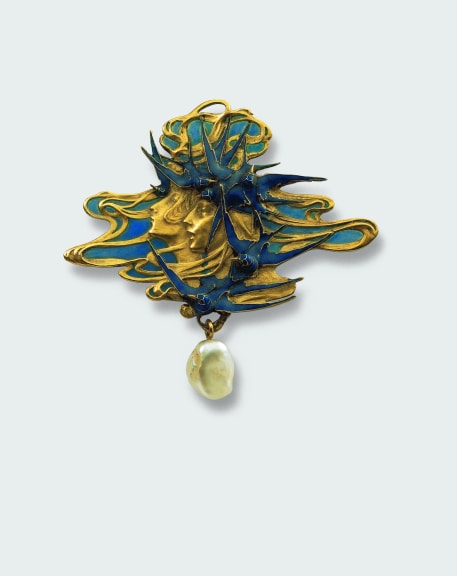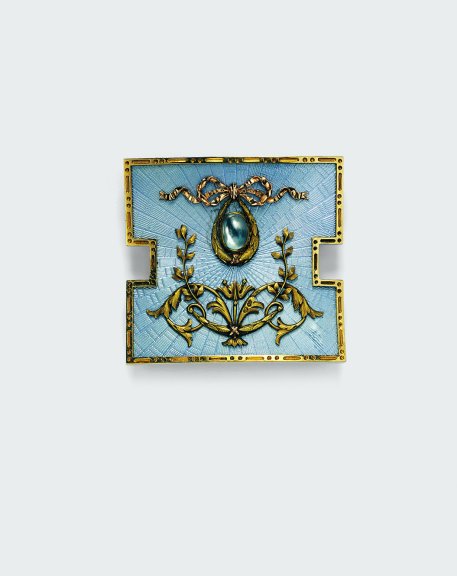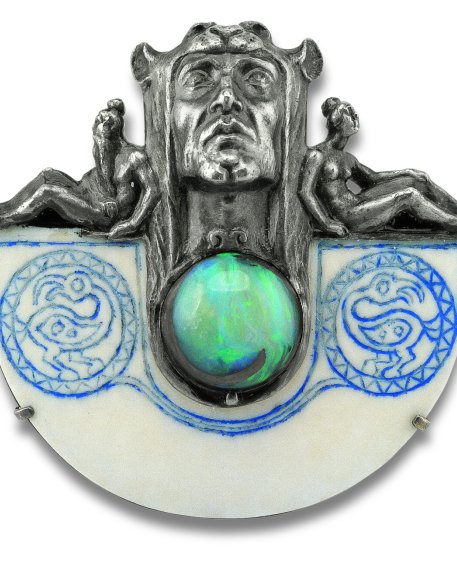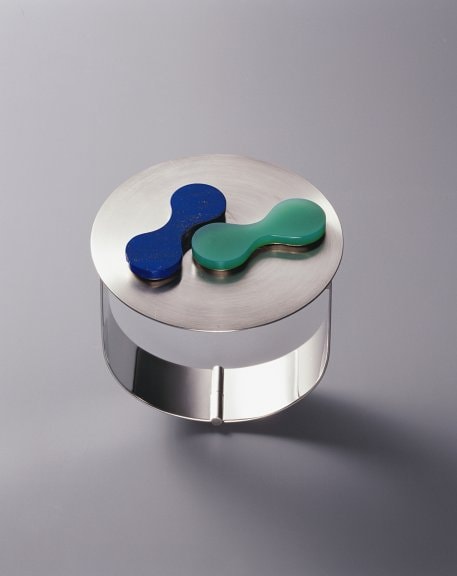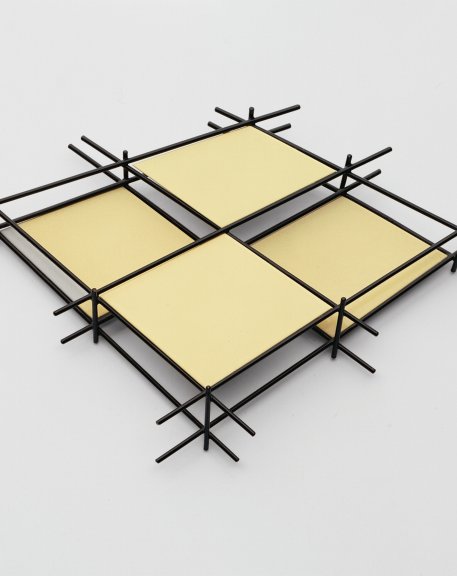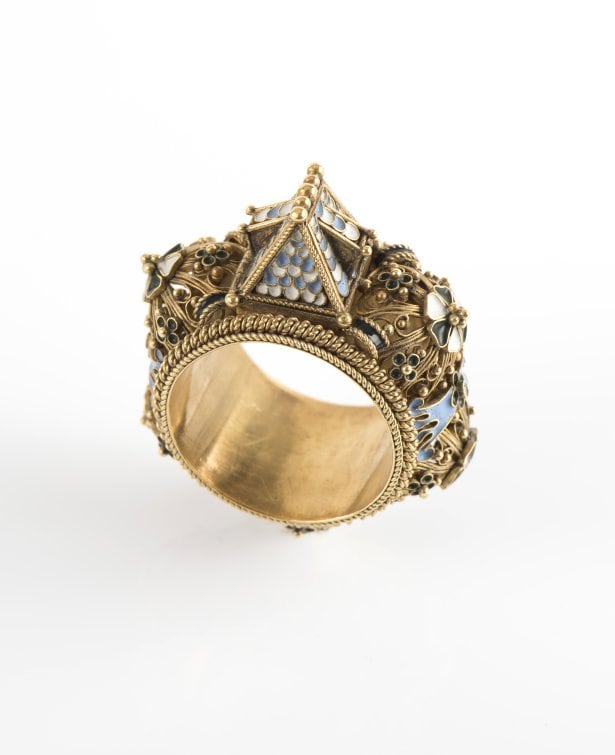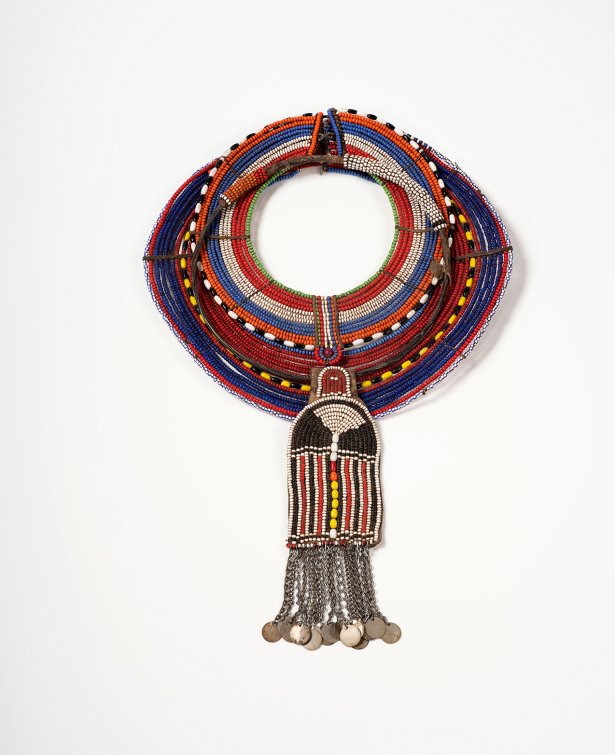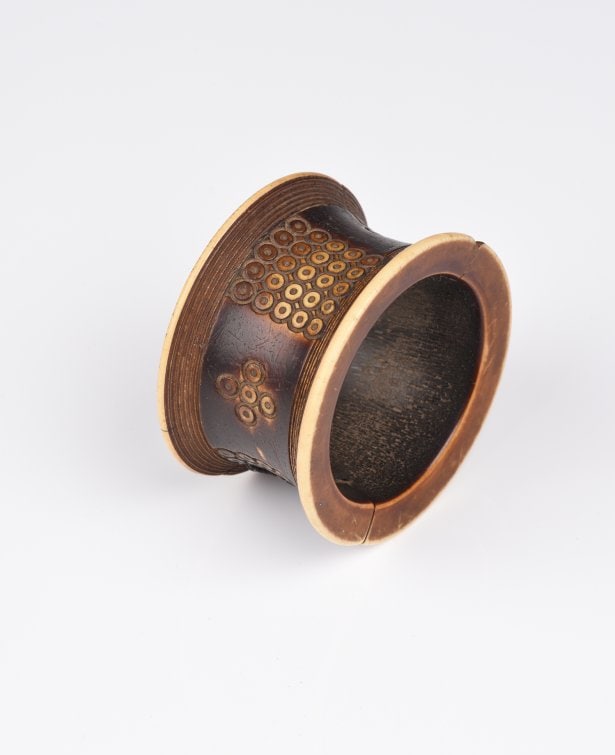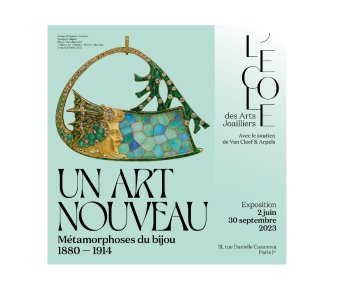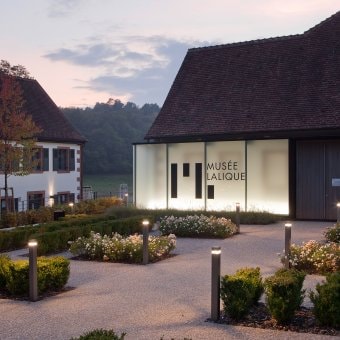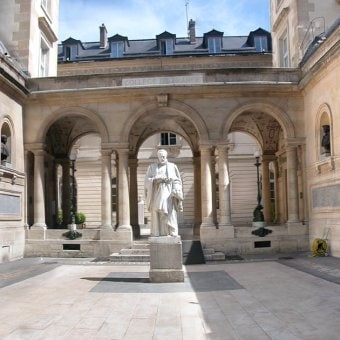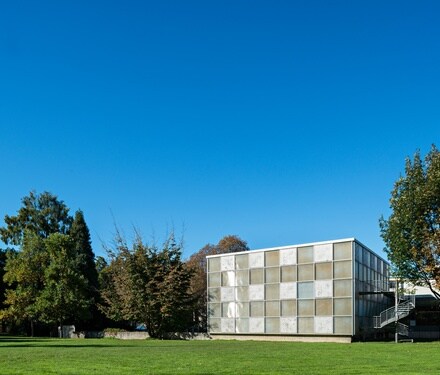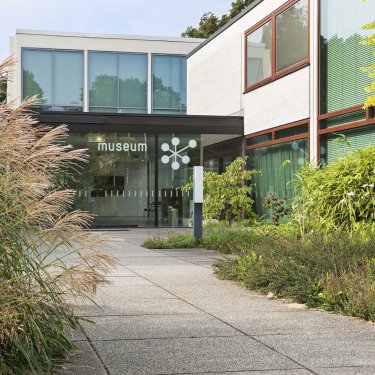
Far from the bustling cities, the Schmuckmuseum Pforzheim (Pforzheim Jewelry Museum), is the only museum in the world that traces 5,000 years of jewelry history. Here's how its fabulous collection of 10,000 pieces came to be.
Anyone interested in jewelry should visit the Schmuckmuseum Pforzheim at least once in their lifetime. Located near Karlsruhe in the Black Forest, this museum is housed in the Reuchlinhaus, a cubic building made of sandstone and glass. It showcases two thousand pieces chronologically over two floors, spanning from the Bronze Age (3rd millennium BCE) to the present day. In addition to this historical collection, the Schmuckmuseum Pforzheim features three other collections dedicated to rings, pocket watches, and ethnographic jewelry.

